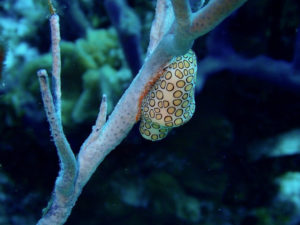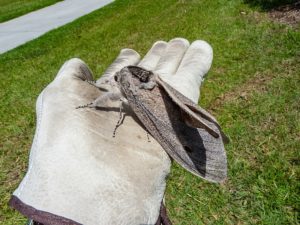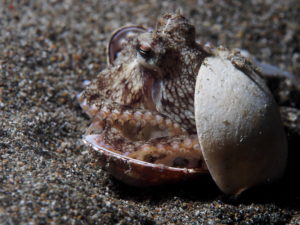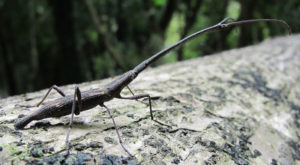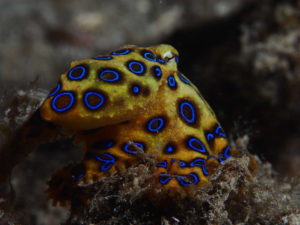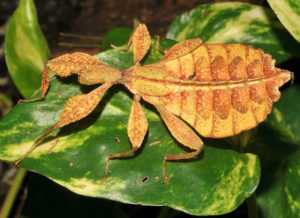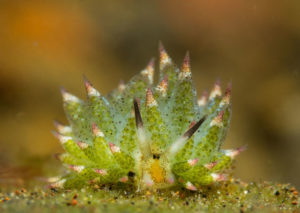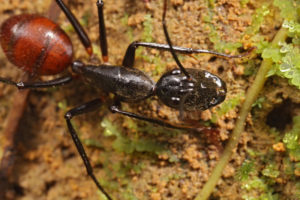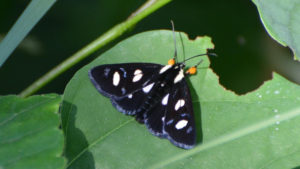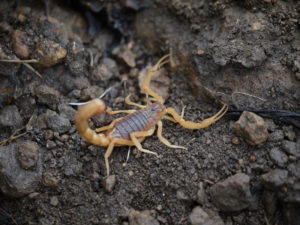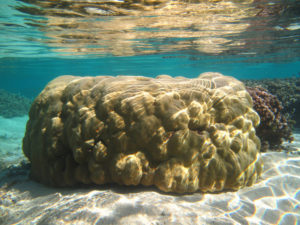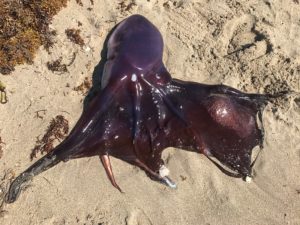
Blanket Octopus Facts Related Articles The Blanket Octopus Physical Description Collectively, all of the known types of tremoctopus exhibit an extreme degree of sexual dimorphism. Indeed, females often reach 6.6 ft (2 m) in length, whereas the tiny males at most only reach a few centimeters in length. The coloring varies, of course. This genus, like […]Read More

